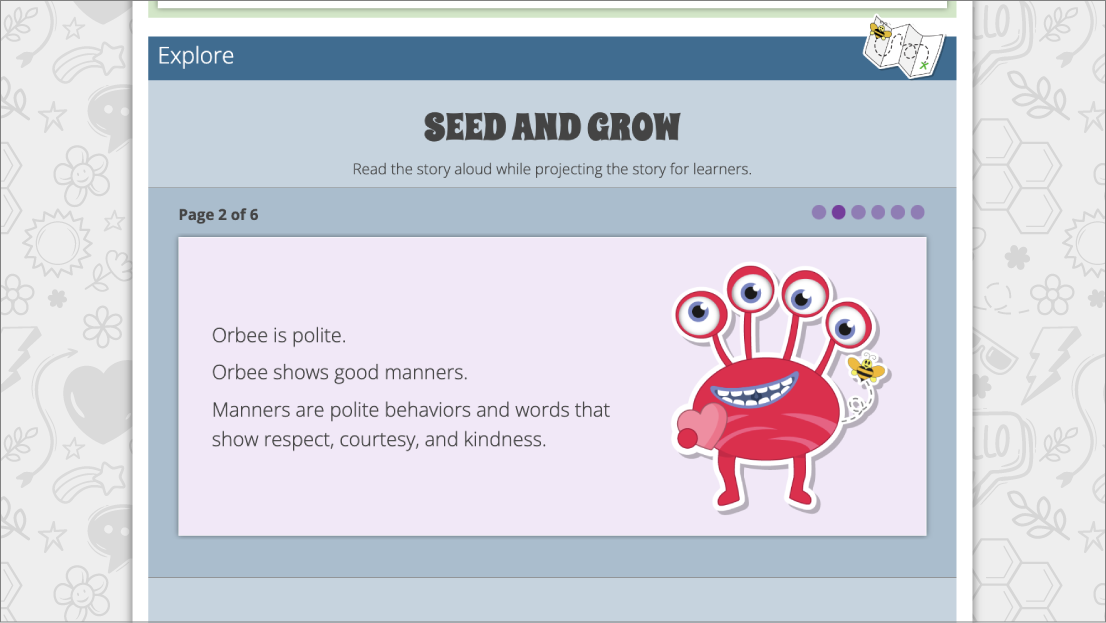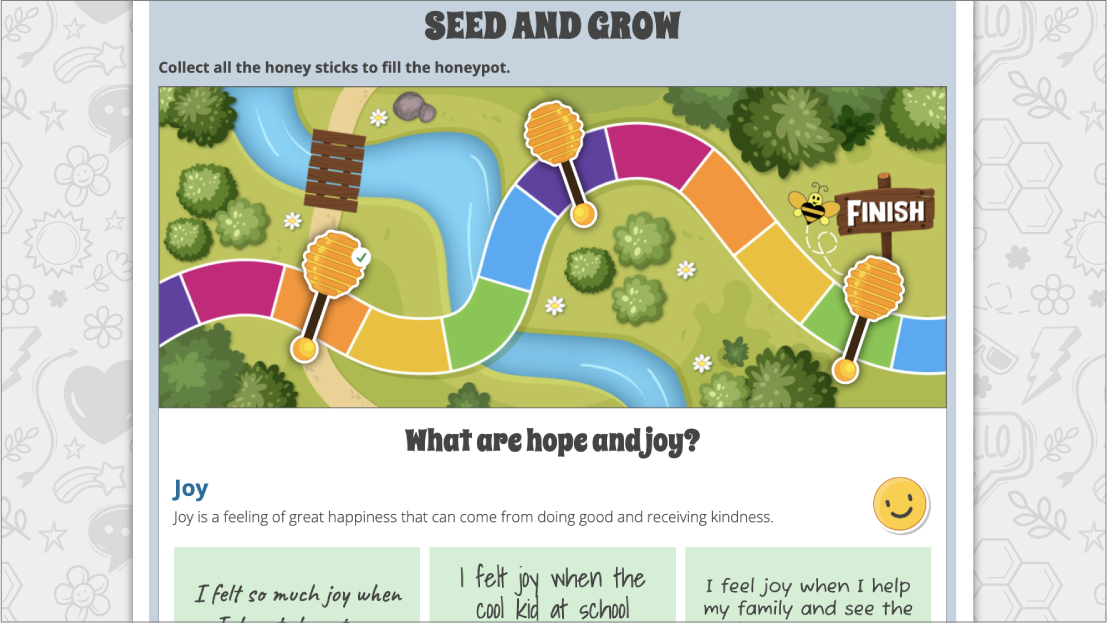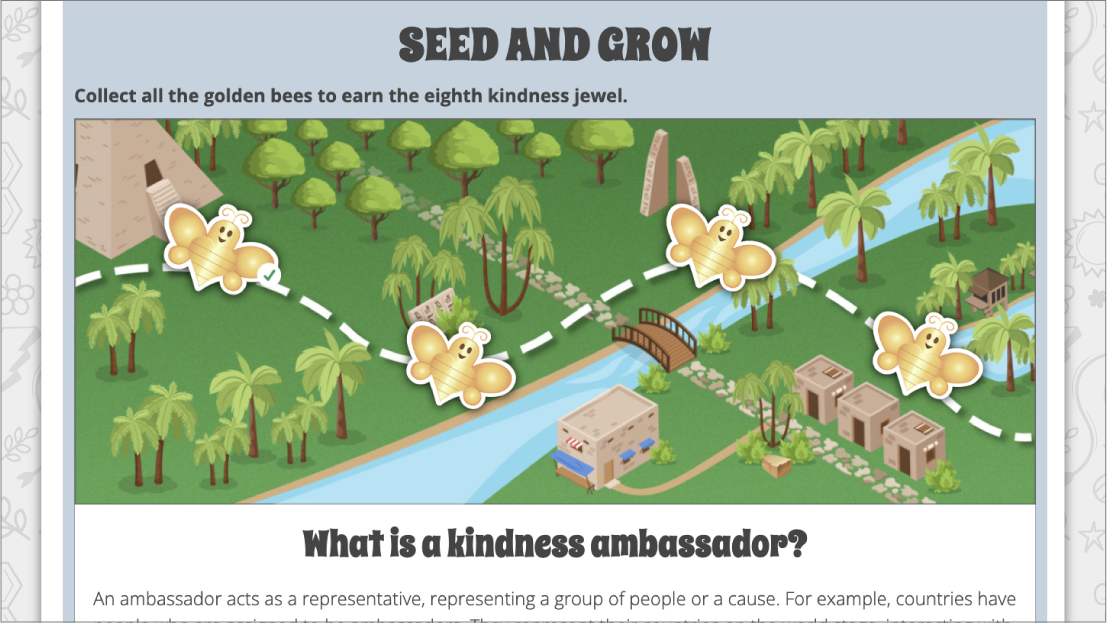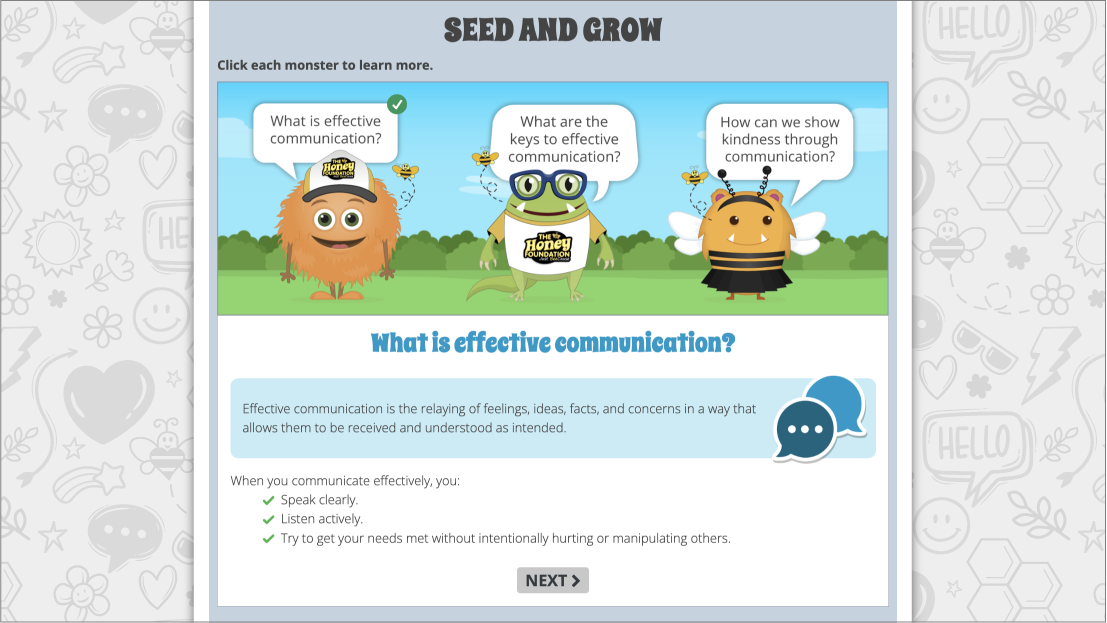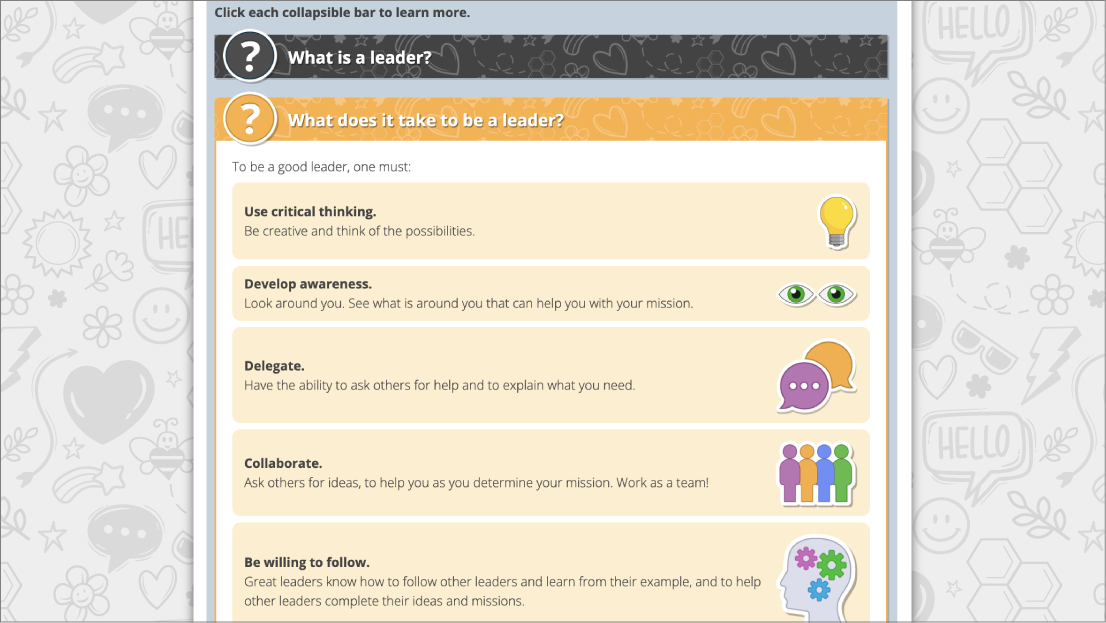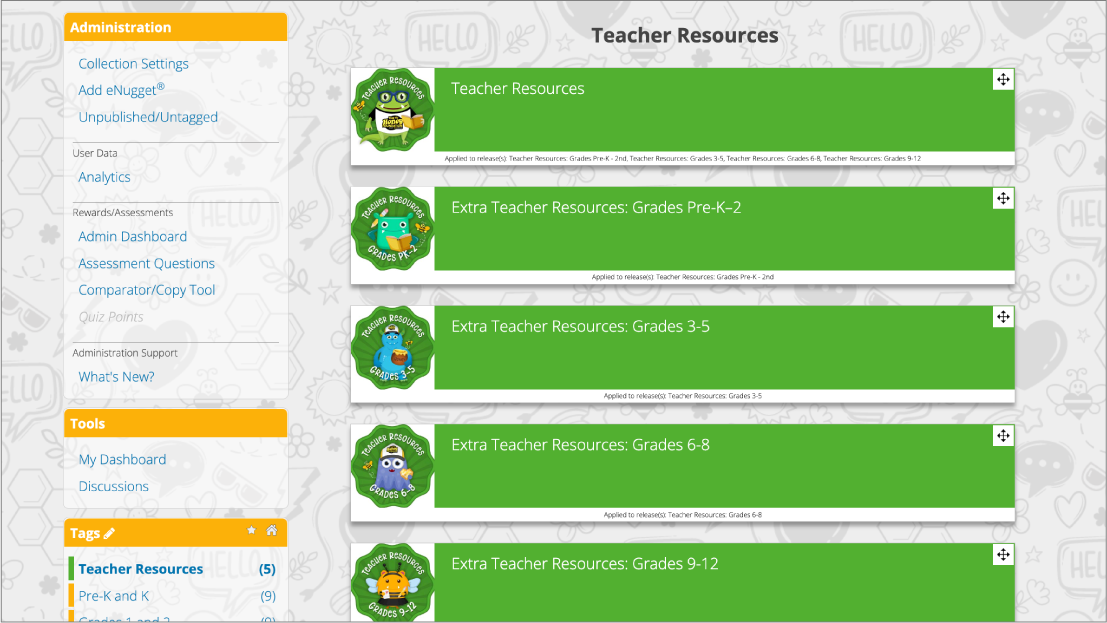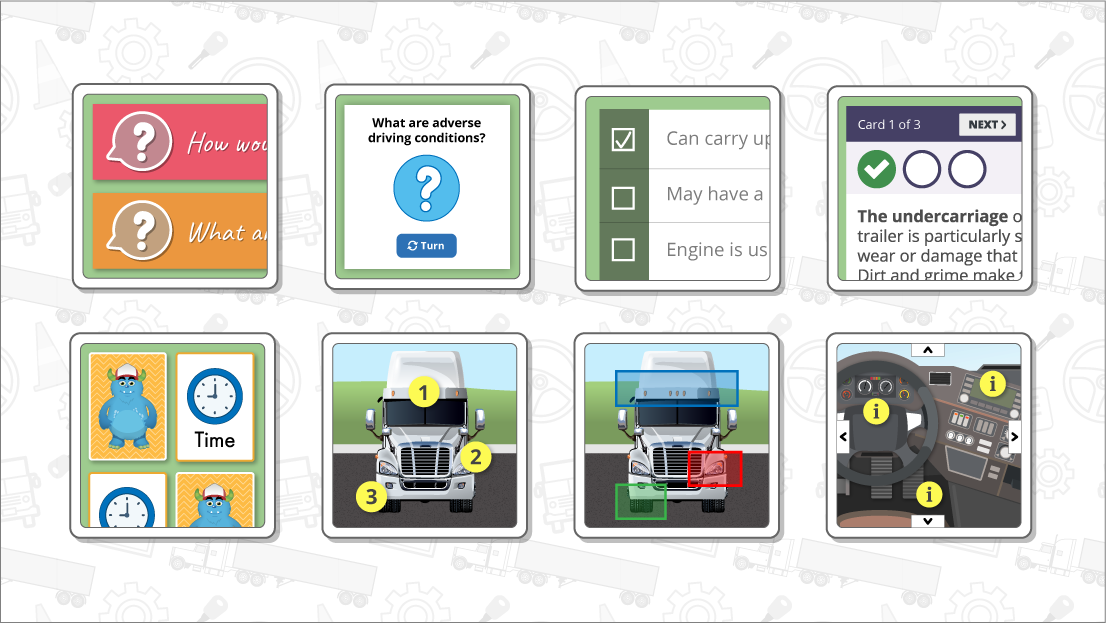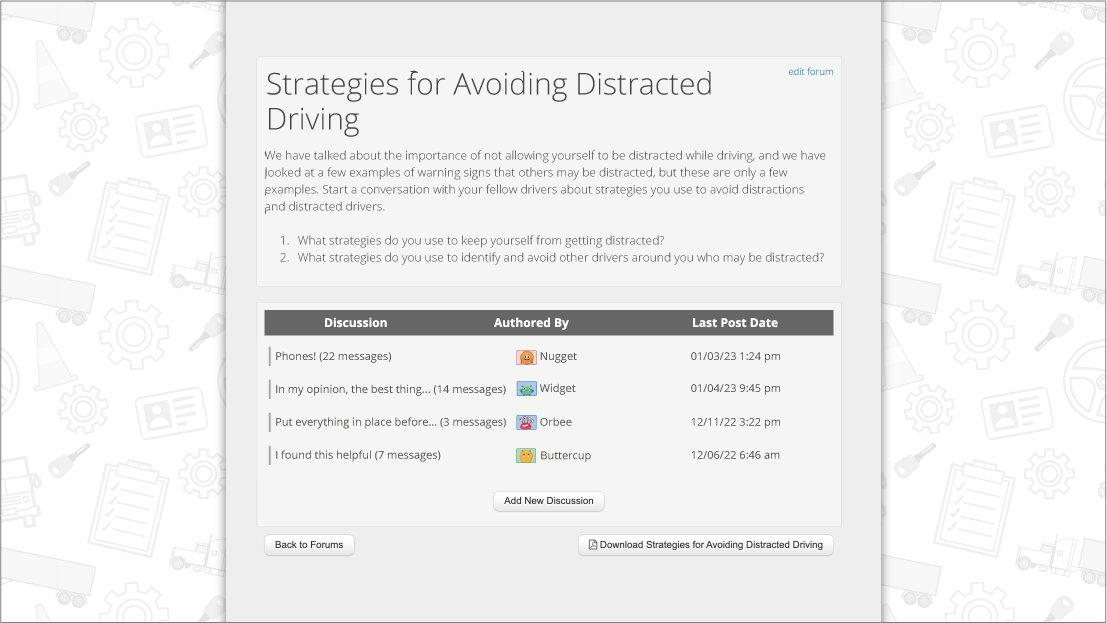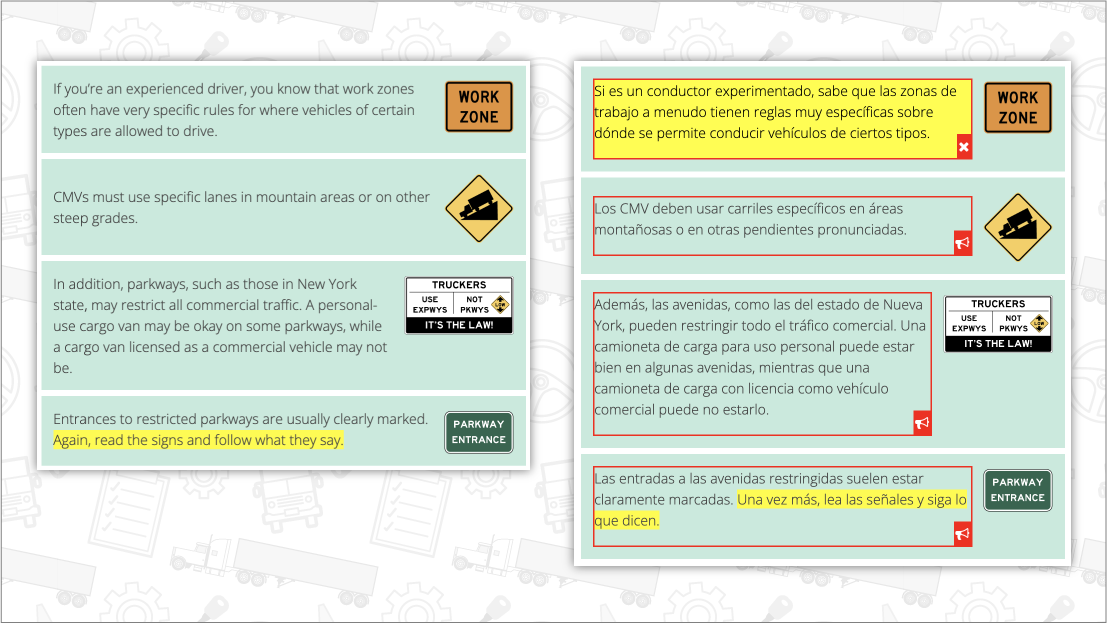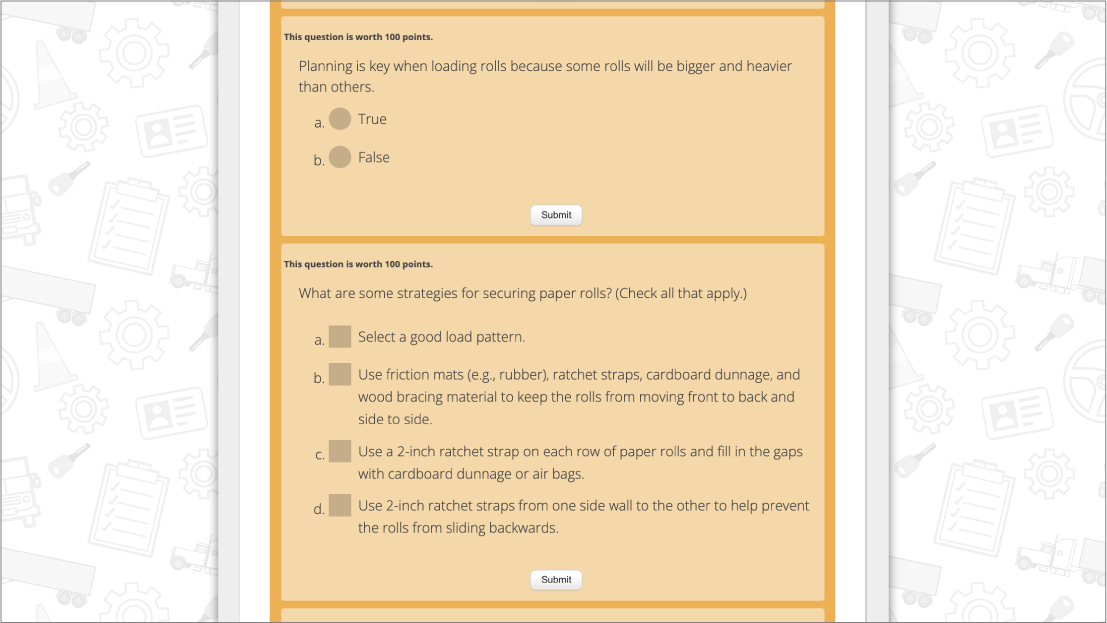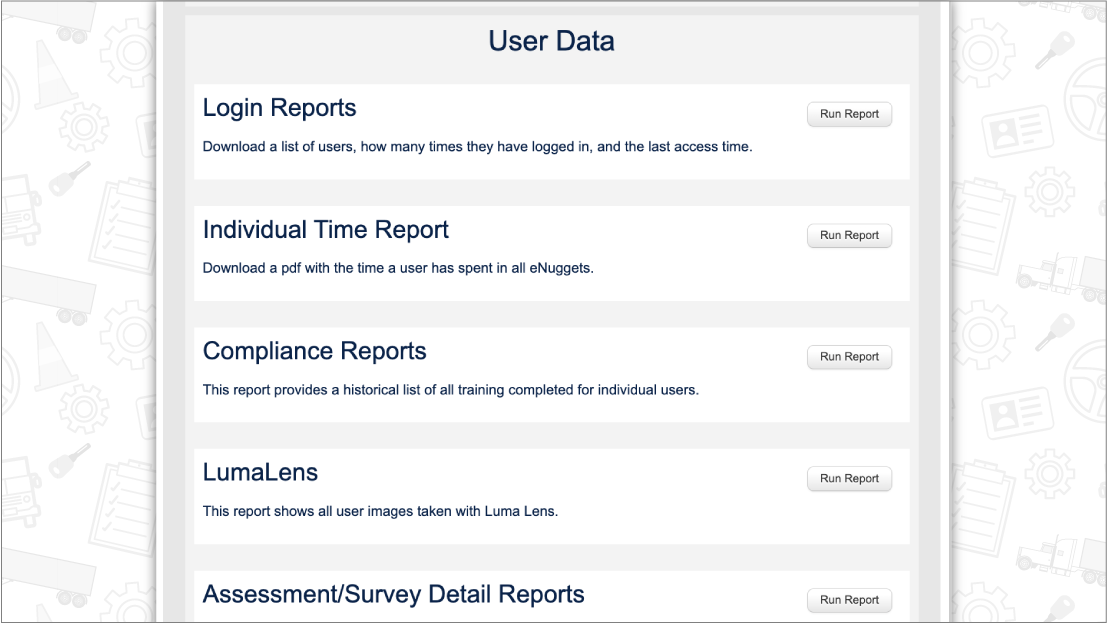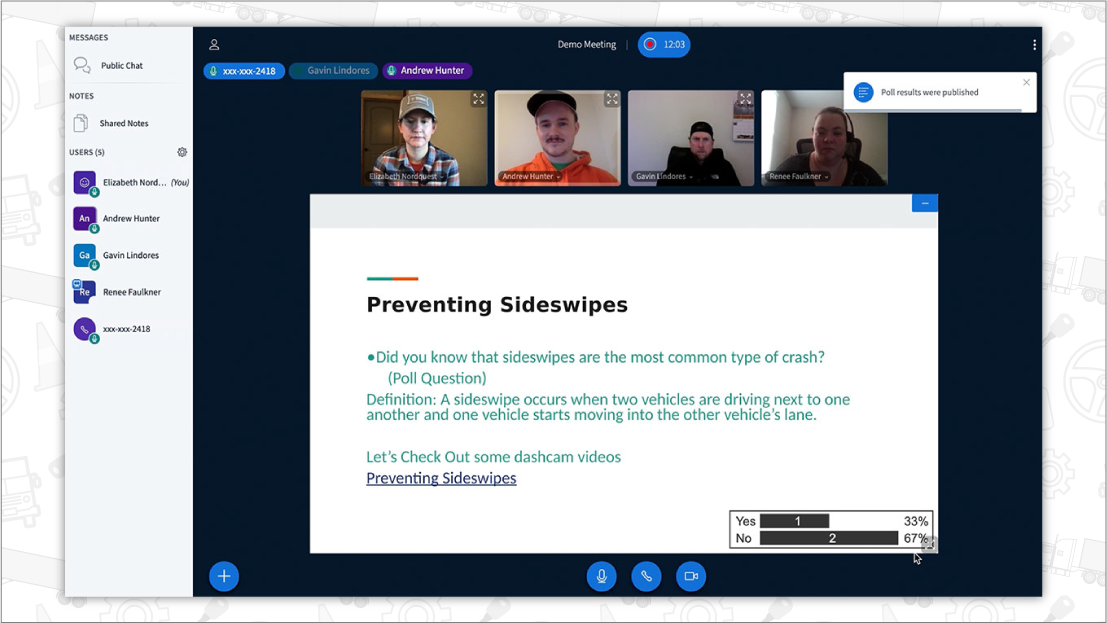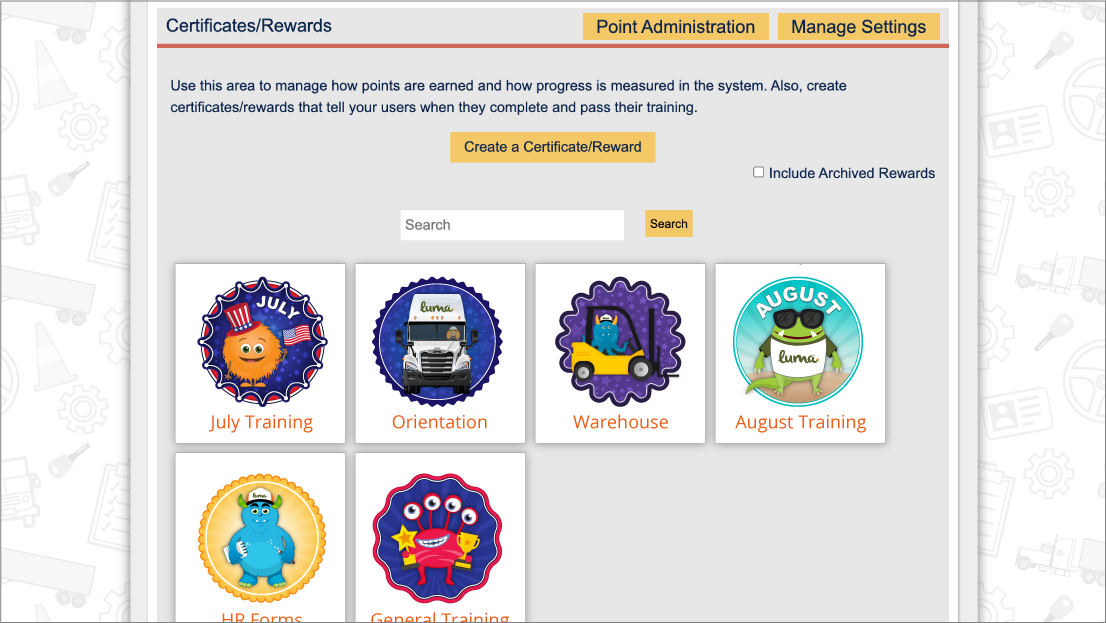![]()
Conflict De-Escalation Strategies
Conflict can occur any time, any place in normal circumstances. These days, many people are under a lot of stress with too much work, too little work, working while having kids home all day, being unemployed, and the unknown. Being under so much stress and pressure will ultimately lead to conflicts. The purpose of this Luma Learning Strategy is to focus on conflict de-escalation strategies.
 Have your heard? Our Learning Lessons have been collected into a book available for purchase on Amazon.com! Teaching Without A Teaching Degree: Luma Learning Lessons contains 52 lesson plans and worksheets with 106 different teaching strategies designed for the trucking industry that can easily be adapted to suit any age and content topic.
Have your heard? Our Learning Lessons have been collected into a book available for purchase on Amazon.com! Teaching Without A Teaching Degree: Luma Learning Lessons contains 52 lesson plans and worksheets with 106 different teaching strategies designed for the trucking industry that can easily be adapted to suit any age and content topic.Our free Luma Learning Lessons include objectives, estimated time, materials and instructional procedures for classroom and online/blended teaching. We will provide strategies on how to use our new LumaLive technology to collaborate virtually in real-time. We include these pillars from our learning research to illustrate where they are infused in our lessons.
Interaction Types
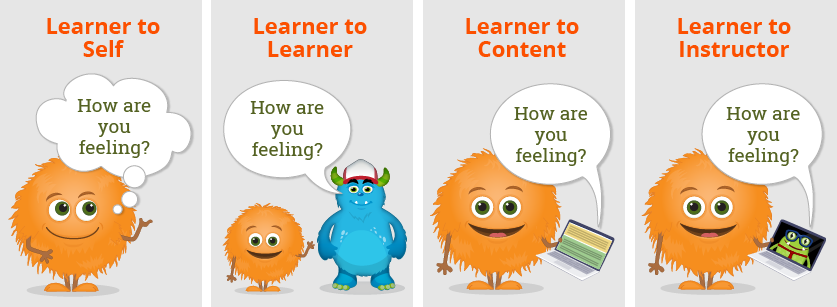
For decades there has been discussions of interaction types in education. (Anderson, 2003) Most interaction types observed in driver training traditionally are learner to instructor or learner to content. Moreover, most interaction time with driver training and orientation is synchronous or at the same time. This Learning Strategy is going to help you think about ways you can hold training without a physical classroom.
Interaction Time
The following Lesson is broken down into two different interaction times.
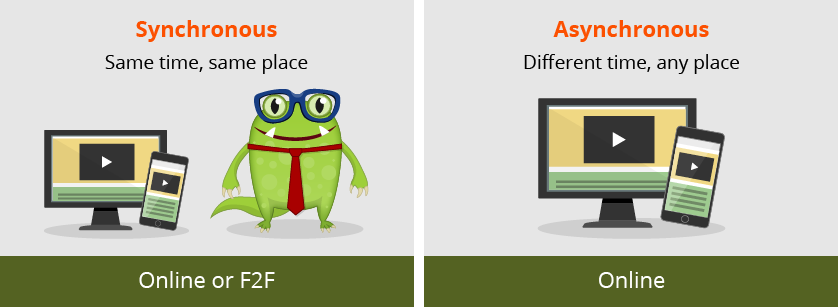
Objectives
|
||
Estimated Time60 minutes |
||
Materials
|
(or at the same time without a classroom)
- Meet in a webinar technology, like LumaLive.



 Ask learners to turn on their videos so you can connect with them.
Ask learners to turn on their videos so you can connect with them. Record the session.
Record the session.



 Ask students to post in the chat box or in shared notes how they currently deal with conflict. Collect these and copy them to a Google or Word doc that you can share after class.
Ask students to post in the chat box or in shared notes how they currently deal with conflict. Collect these and copy them to a Google or Word doc that you can share after class.


 Ask for students to share strategies that really worked for them. Have them tell stories and share examples.
Ask for students to share strategies that really worked for them. Have them tell stories and share examples.
 When they are done, share the De-escalation Strategies Slides. Compare what they generated with what is on the list.
When they are done, share the De-escalation Strategies Slides. Compare what they generated with what is on the list.- Have them write their top five strategies that plan to use to de-escalate heated situations. Optional: After a few weeks, meet back up to see how the strategies are going. See who tried any of these strategies and ask how it went.
(or not at the same time)

 Send out eNugget® on Conflict De-escalation eNugget®.
Send out eNugget® on Conflict De-escalation eNugget®.


 Post in a moderated discussion board: Share stories of when conflict happened in your life and tell us how you handled it. Were you proud? What would you do differently next time?
Post in a moderated discussion board: Share stories of when conflict happened in your life and tell us how you handled it. Were you proud? What would you do differently next time?
- Post one comment or question to one other student
Reference:
Anderson, T. (2003). Modes of interaction in distance education: Recent developments and research questions. Handbook of distance education, 129-144.

 Luma® is a learning and instructional design company that is always coming out with new training topics. Need something specific? Give us a call at (574) 807-8148 ext 5 or email
Luma® is a learning and instructional design company that is always coming out with new training topics. Need something specific? Give us a call at (574) 807-8148 ext 5 or email 